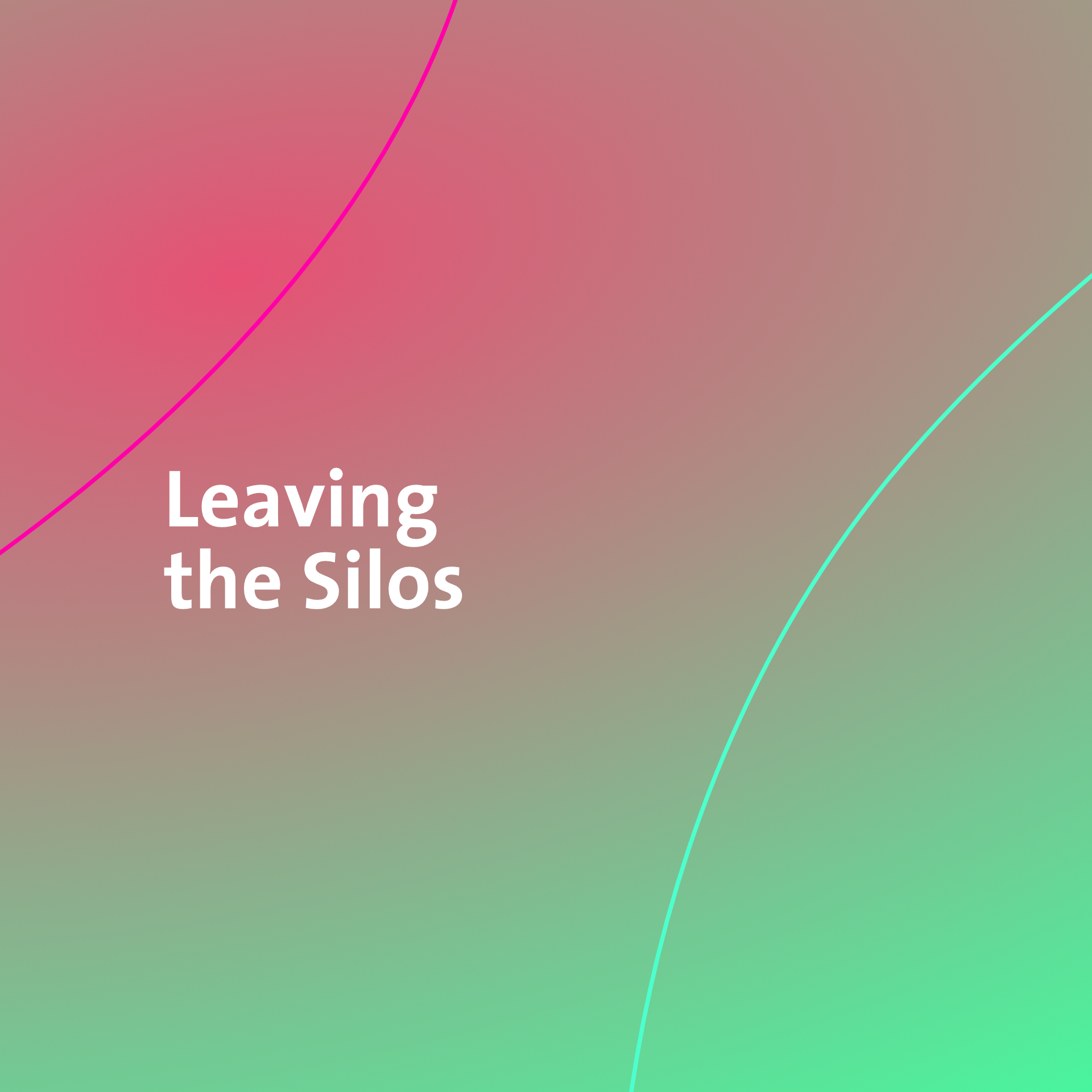Addressing real-world issues in research and education often extends into complex clusters of cross-institutional collaborations. Examples for such issues are the UN Sustainable Development Goals or the massive challenges regarding our climate as identified by the IPCC Intergovernmental Panel on Climate Change in their sixth assessment report. At the same time, the shorter half-life of knowledge and skills urges today’s learners to leave linear learning paths and engage in networks lifelong learning that extend beyond professions, disciplines and institutions. Both developments—higher education facing non-linearity in learning and an increasing complexity of real-world issues—stand in contradiction to many of today’s curricula and the educational system that to a large extent is subdivided in institutional and disciplinary silos.
There are few examples though, how interprofessional research and education can succeed when dealing with complex problem-solving. In example and in this context, design often stands at the edge or in the middle of various disciplines and sectors. In fact, practicing designers often need to assume the role of acting as “facilitators” between several specialists. Recent specialisations such as Embedded Design taught at the Faculty of Fine, Applied and Performing Art’s Design Unit focus on these boundary crossing roles and provide learners the opportunity to acquire competencies and skills how to professionally initiate and lead transdisciplinary collaborations. Another example is the interprofessional learning and training as it is being practiced across Sahlgrenska Academy that extend beyond the borders of the academy itself and reaches out to other faculties and universities.
During the 2021 Conference on Teaching and Learning in Higher Education – HKG2021, Elena Raviola, leading Professor at Business & Design Lab, Jan Eckert, Head of the Design Unit at the Faculty of Fine, Applied and Performing Arts and formerly head and developer of Switzerland’s first Master’s Programme in Computer Sciences and Design, and Helena Kraff, teacher at the Design Unit, and affiliated researcher at Centre for Tourism, all at University of Gothenburg discussed challenges when engaging in cross-faculty or interprofessional teaching in Higher Education.
In their discussion they met the following experts from and beyond the University of Gothenburg altogether engaging in research and education extending across different institutions, sectors or faculties:
- Helle Wijk | Visiting professor Department of Architecture and Civil Engineering, Chalmers University of Technology | Deputy head of Cooperation | Institute of Health and Care Science, Sahlgrenska
- Bertil Rolandsson | Senior Lecturer | Department of Sociology and Work Science
- Per Östling | Inspirer & Advisor | Founder of The ( ) Space, Göteborg
The main objective of our conversation was to share insights into the challenges or successes of cross-faculty or cross-institutional collaborations and identify issues of organisational, structural or pedagogical nature that might hinder collaboration, as well as to identify a number of enablers, or “signposts” that enable such border-crossing and issue-based education at University of Gothenburg, and beyond. And as a result of our discussion we summarised that similar to the complexity of problems to be tackled by cross-institutional collaboration, this sort of collaboration itself covers a multilayered latitude of challenges stretching from the difference in administrative practices, budgeting and internal accounting towards cultural gaps and issues of communications.
